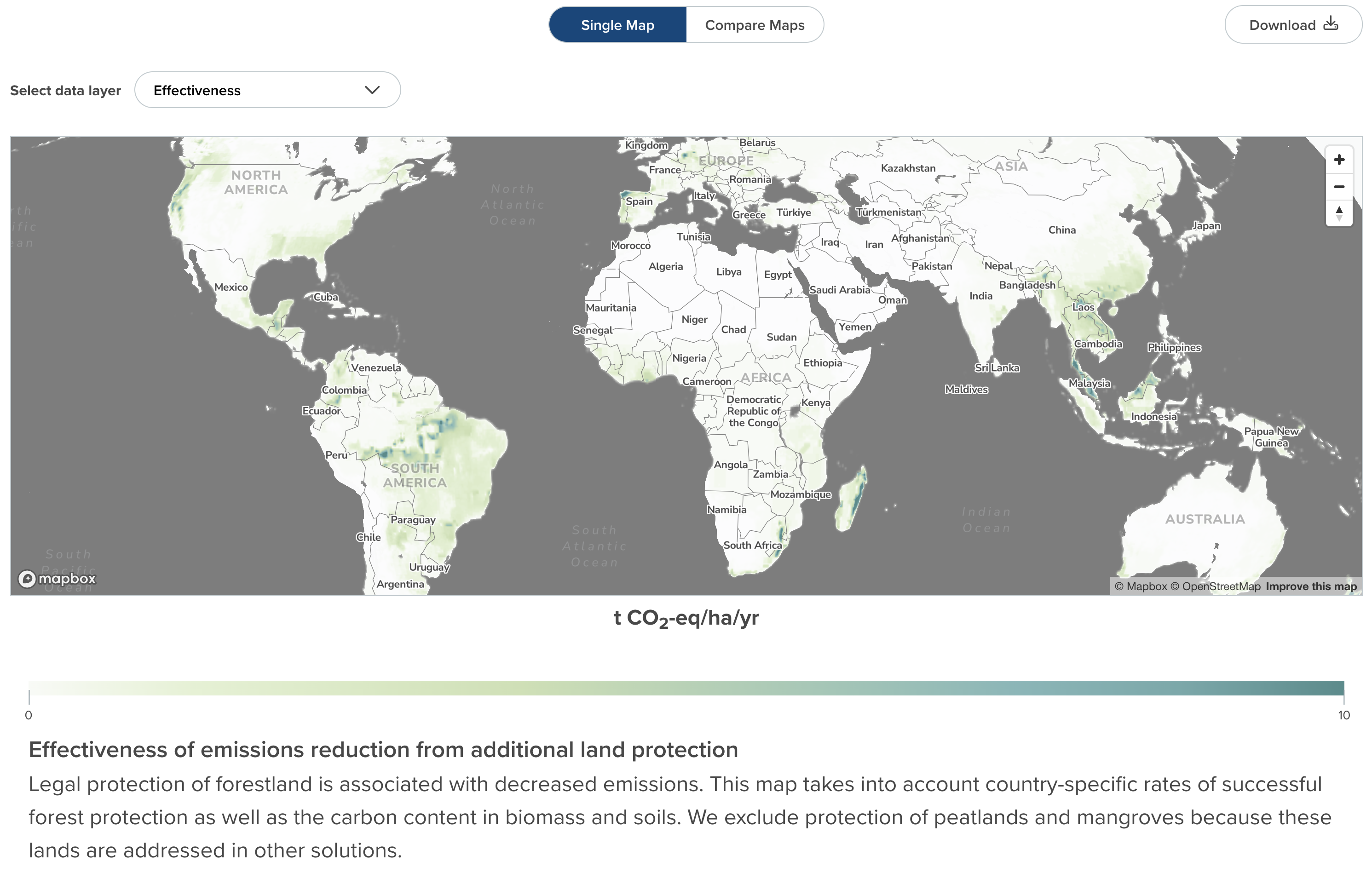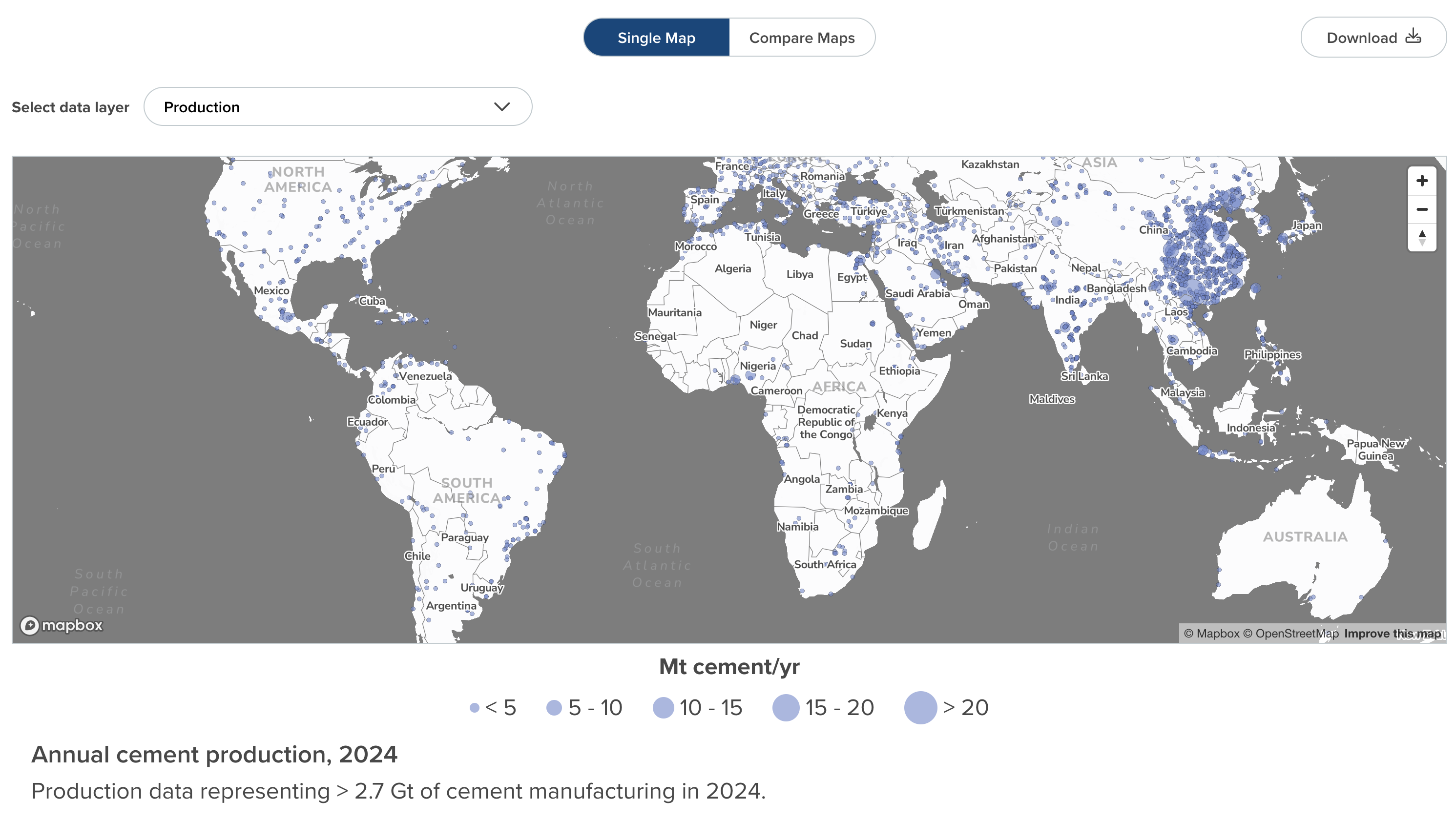The Problem
Humans are changing Earth’s climate.
How?
By emitting unsafe levels of climate pollutants – substances (primarily gases) that have a planet-warming effect when released into the atmosphere. Mining, processing, and burning fossil fuels – especially coal, oil, and natural gas – release CO₂, methane, black carbon, and other climate pollutants into the atmosphere. In addition, deforestation, large-scale agriculture, and many other land uses release significant amounts of heat-trapping pollution. Plus, activities such as producing cement, using and disposing of refrigerants, operating landfills, and treating wastewater release large amounts of greenhouse gases.
Humans are dumping vast amounts of these gases into the atmosphere faster than nature can process them. The problem? These gases are building up in the atmosphere, trapping heat, warming Earth’s surface. To date, our planet is roughly 1.2 ˚C warmer than it was in preindustrial times.
Scientists have known the basics behind this since the mid-1800s. But now, in the early 21st century, climate change has moved from theory to threat.
While no one can accurately predict the future in any detail, it’s clear that the continued emissions of climate pollutants will warm the planet even more. Every bit of additional warming will bring additional disruptions to the world’s weather patterns, water supplies, agricultural systems, cities, and natural ecosystems – with profound consequences on people, particularly in the most vulnerable communities.
In short, continued climate change is a serious threat to humanity’s collective future.
But it’s not an inevitable one.
It turns out that the knowledge and tools needed to address climate change are available today. And more tools and ideas are coming every day. The window of opportunity to stop disastrous climate change is closing fast, so it’s critical to deploy these as quickly and effectively as possible.
The Solutions
At Project Drawdown, we use science to identify the most impactful solutions to climate change.
Why do we do this?
While many people and organizations offer supposed solutions to climate change, it’s hard to know without in-depth research which are truly effective, which are still in the works, and which are just a distraction. Moreover, now that significant funding and attention are going to climate action, it’s critical to find trusted, independent advisors who know their stuff, want to achieve real climate impact, and are not looking to make a quick buck.
It’s also important to make sure climate solutions are ready, today, for implementation. Addressing climate change is a race against time, and waiting for faraway solutions is exactly the wrong thing to do. Every year spent waiting for a “better” technological marvel to arrive only gives us another year’s worth of greenhouse gases and other climate pollutants, which locks in a higher level of planetary warming.
To stop climate change before it’s too late – and make no mistake, this is still possible – humanity needs to:
- listen to science-based organizations that don’t have a vested financial, political, or ideological stake in proposed solutions
- look for clear, independent sources of evidence that a particular solution is effective, scalable, and economically feasible
- focus on solutions that are available now and are not dependent on future research and development
- consider the potential drawbacks of a solution – especially if they could cause harm to vulnerable people or ecosystems – as well as the potential synergistic benefits to people and nature some solutions might offer
- avoid “silver bullet” thinking, which assumes just one solution – or even a selected handful – will be enough to address climate change
- look beyond the “what” of a solution – its effectiveness, potential size, overall climate impact, and cost – to “how” it can be realized, including details about its speed, geographic suitability, and associated benefits
- consider who can help adopt and scale different solutions, using the different levers of action available to them.
In short, the world needs to engage a trusted, science-based guide for effective climate action. And that’s what Project Drawdown and our Drawdown Explorer platform are all about.
What Is a Climate Solution?
We define a climate solution as a physical practice or technology that materially lowers the long-term concentration of greenhouse gases (and other warming pollution, such as black carbon) in the atmosphere. Climate solutions work by cutting the emissions of warming pollutants, removing them from the atmosphere, or both.
By this definition, new policies, regulations, laws, investments, grants, campaigns, social movements, and protests are not solutions. Instead, we call these “levers” – actions that can help bring physical solutions into the world. We also define “key actors” as the people pushing on the different levers, which can include policymakers, business leaders, community leaders, investors, philanthropists, practitioners, cultural changemakers, activists, and individuals.
In other words, “solutions” are physical practices or technologies, “levers” help them scale, and “key actors” make it happen.
Guiding Principles
Starting in 2024, we updated our assessment methodology for evaluating climate solutions. The Drawdown Explorer is a digital repository of the results, providing up-to-date assessments of climate solutions.
Below are some of the key principles behind our assessment methods. For more details, you can visit our methodology documentation.
- Our analyses characterize how climate solutions work at the global scale. Where possible and relevant, we also add detail at the regional level.
- The assessments draw from the most recent available data.
- As much as possible, we use open-source data that are freely available to anyone.
- We strive to make our assessments simple, accessible, and transparent. They are not based on hidden “black box” models and instead are based on step-by-step calculations with consistent methods across all solutions. We want our methods, data, and results to be a resource to anyone interested in using them. All Highly Recommended solutions have spreadsheets with assessment data and results available to view.
- Rather than creating long-term scenarios ourselves, we make the assessments interactive so you can explore how and where you think solutions can scale into the world.
- We offer tailored recommendations for different key actors on how you can best deploy solutions given your unique circumstances.
- We assess the benefits climate solutions offer to people and nature beyond climate mitigation.
- We aim for the highest standards of transparency, elegance, and simplicity in presenting our assessments to a wide audience.
- Our work is a public good. We don’t charge for it or hide behind a paywall.
The Drawdown Explorer Solutions Taxonomy
To evaluate climate solutions, the first place to start is to understand and describe how they work. The Drawdown Explorer Solutions Taxonomy (Table 1) is a simple system to help keep track of how and where each solution has an impact.
To begin, we consider the mode of action of a solution. Does it cut emissions, remove carbon from the atmosphere, or both? Or does it work through some other approach?
Then we consider the sector in which the solution operates. Does it cut emissions from electricity? Or industry? Or agriculture? It’s important to note that sectors can be delineated in different ways. We follow the standard scientific convention of classifying solutions by where the mitigated greenhouse gas emissions occur. For example, if we improve the efficiency of lighting in our homes, that is counted as an Electricity sector solution, not a Buildings sector solution, because the emissions it lowers occur at the power plant, not your home. But insulating your attic can lower Buildings sector emissions, because it makes your furnace or boiler work less often, lowering emissions from the building itself.
We then group solutions into solution clusters that share common traits, such as improving efficiency or switching to renewable energy sources.


